When Sergei Pankejeff (the ‘Wolf Man’) entered analysis with Sigmund Freud in 1910, he was reminded not of ‘a doctor’s office but rather of an archaeologist’s study. Here were all kinds of statuettes and other unusual objects, which even the layman recognised as archaeological finds from ancient Egypt’. The Freud Museum’s current exhibition allows us to follow Pankejeff in discovering Freud’s fascination with Egypt – less well known than his engagement with the Greco-Roman past, but no less powerful an influence upon his imagination and thought. An obsessive collector of antiquities (he himself termed it an ‘addiction’ second only to his love for cigars), Freud amassed around 600 Egyptian items, a significant proportion of the collection now housed at the museum. By gathering together artefacts, books, and extracts from his own writings, this exhibition draws out the symbolic significance of hieroglyphs, mummification, and archaeology for Freud – resonant metaphors for unconscious processes, as well as the psychoanalytic method that promises to illuminate them.
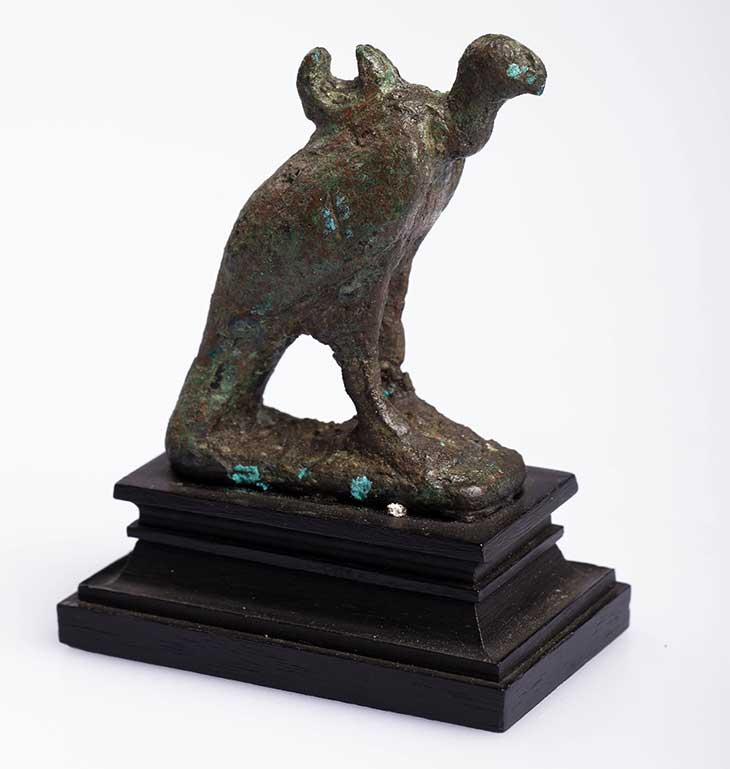
Amulet of Mut as a vulture (Late Period, c. 716–332 BC), Egyptian. Photo: © Freud Museum London
As a series of explanatory panels makes clear, Egypt holds a double meaning in Freud’s theoretical works. On the one hand, this polytheistic culture represents the archaic, pre-Oedipal world of infantile bisexuality and the intimate relation between mother and child. A bronze amulet of the androgynous vulture goddess Mut, whom Freud discusses in ‘Leonardo da Vinci and a Memory of his Childhood’ (1910), foregrounds this association, as do the recurrent mother-child pairs among Freud’s collection. Moreover, Jean-Auguste-Dominique Ingres’s torpedo-breasted sphinx in Oedipus Explaining the Enigma of the Sphinx evokes the dangerous female sexuality with which Freud associates this realm – a reproduction of the painting, on view here, hung above the famous psychoanalytic couch. At the same time, Freud’s most extensive theoretical engagement with Egypt came in his last major work, Moses and Monotheism (1939), in which he advanced the controversial argument that Moses was not a Jew but an Egyptian follower of the revolutionary monotheistic pharaoh Akhenaten, whose religion Moses transmitted to the Jews. Far from a seductive land of primitive, sensual gratifications, ‘Egypt’ here becomes the fountainhead of Judaism’s more rational, universalising kind of religion – one that Freud readily associated with ‘masculine’ reason and abstraction.
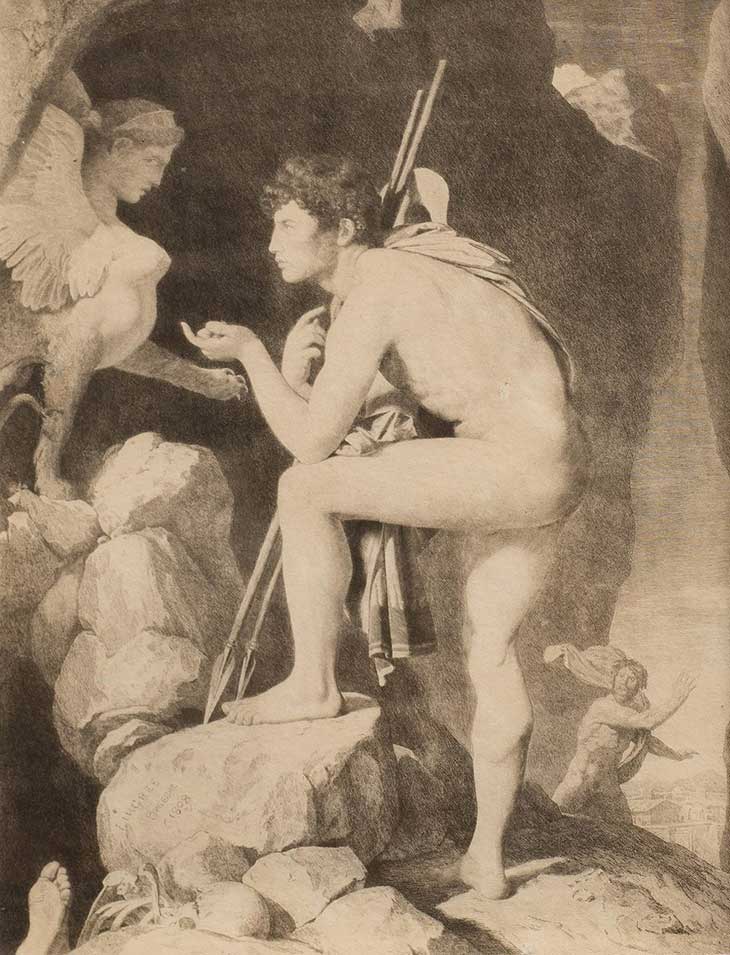
Sigmund Freud’s reproduction print of Jean-Auguste-Dominique Ingres’ Oedipus and the Sphinx (1808). Photo: © Freud Museum London
A particular strength of the exhibition is its decision to place artefacts from the collection of Flinders Petrie, the British Egyptologist and pioneer of ‘scientific archaeology’, alongside those of his more famous contemporary. Petrie played a key role in excavating the archaeological remains of Akhenaten’s short-lived capital, Amarna, and thus helped to reveal the monotheistic character of his reign. Yet Petrie’s own antiquities subtly challenge the binaries underpinning Freud’s discussions of Egypt: monotheism/polytheism; reason/sensuality; masculinity/femininity. In one of these, a limestone statuette of Akhenaten alongside Queen Nefertiti and their daughter, the pharaoh is represented with a startlingly voluptuous torso. By drawing attention to this androgynous aspect of Akhenaten’s representations, the curators decentre Freud’s understanding of Egyptian monotheism, offering a different perspective from the one presented in his writings.
When we look closely at Freud’s artefacts in the light of Petrie’s, a similarly complex picture emerges. A charming marble statuette of the lunar god Thoth in the form of a baboon was one of Freud’s favourite pieces: seated, with smoothly carved limbs and a conspicuously large penis, it emanates a quietly alluring sensuality. Freud’s housekeeper recalled his habit of stroking it, suggesting the sheer tactile pleasure that he took in his antiquities. As the wall text notes, however, Thoth was also the god of the intellect and writing, and ‘may have appealed to Freud because he represents a balance between instinct and intellect’. Glimpsed through his artefacts and the anecdotes of those around him, Freud’s Egypt appears less polarised than his theoretical works might suggest.
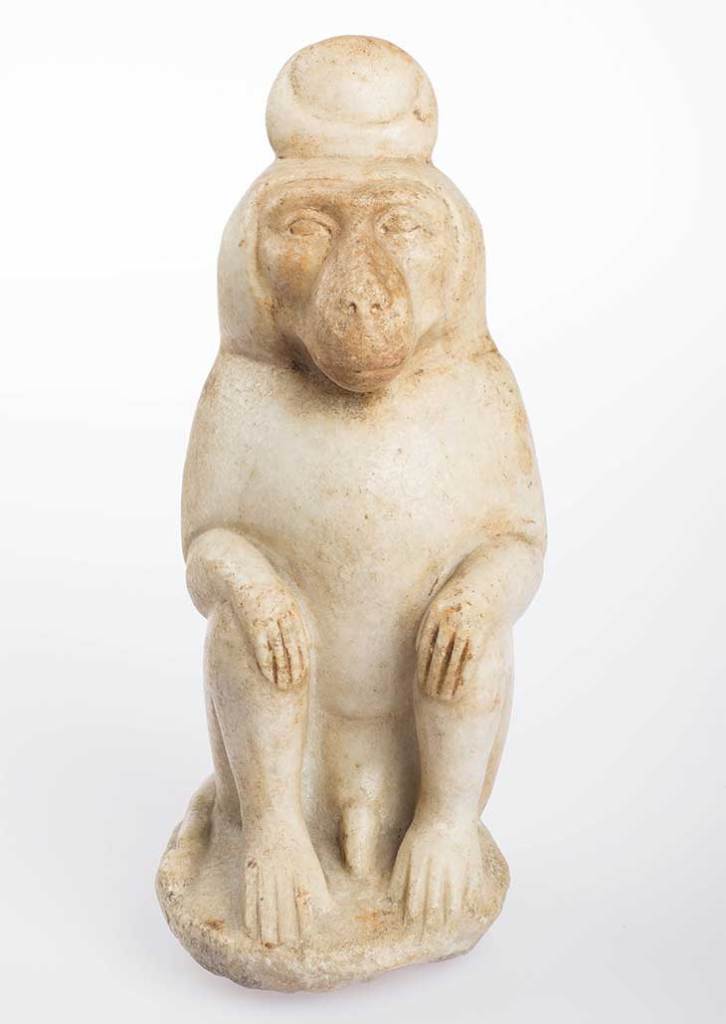
Statuette of Thoth (Roman Period, 30 BC– 395), Egyptian. Photo: © Freud Museum London
One of the most fascinating items in the exhibition is Freud’s copy of the Philippson Bible, an edition completed in 1854 by Ludwig Philippson, a German-Jewish scholar and rabbi. Presenting the Hebrew text alongside a German translation, this book gave the seven-year-old Freud his first contact with the ancient Egyptian world. However, the paradox of this edition is that the scriptural text prohibiting ‘graven images’ is copiously illustrated with woodcuts depicting the Egyptian gods. Here, we observe a productive tension between Freud’s celebration of Judaism’s ‘more highly spiritualized notion of god’ in Moses and Monotheism, and the powerful imaginative stimulus provided by visual images of Egyptian polytheism.
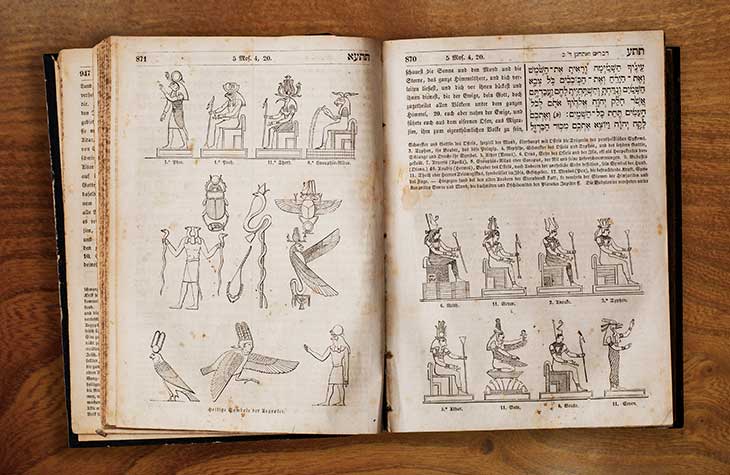
The Freud family copy of Die Israelitische Bible (1839–54), edited by Ludwig Philippson. Photo: © Freud Museum London
An exhibition of this kind implies a certain rationalisation of the collector’s obsessive amassing of items – our experience of Freud’s antiquities is inevitably unlike that of Pankejeff. However, the curators have succeeded in allowing subtle resonances between exhibits to proliferate, conveying the rich multiplicity of Egypt’s significance for Freud. A falcon-headed figurine is juxtaposed against a passage from The Interpretation of Dreams, in which Freud describes a childhood nightmare of his mother being carried by a number of such deities; nearby, we catch sight the Philippson Bible in which Freud encountered these Egyptian figures. Drawing attention to the porous boundaries between psychic experience, collecting habits, and theoretical constructions, this exhibition leaves us in no doubt of ancient Egypt’s shaping influence on one of modernity’s greatest thinkers.
‘Between Oedipus and the Sphinx: Freud and Egypt’ is at the Freud Museum, London until 27 October.
Unlimited access from just $16 every 3 months
Subscribe to get unlimited and exclusive access to the top art stories, interviews and exhibition reviews.

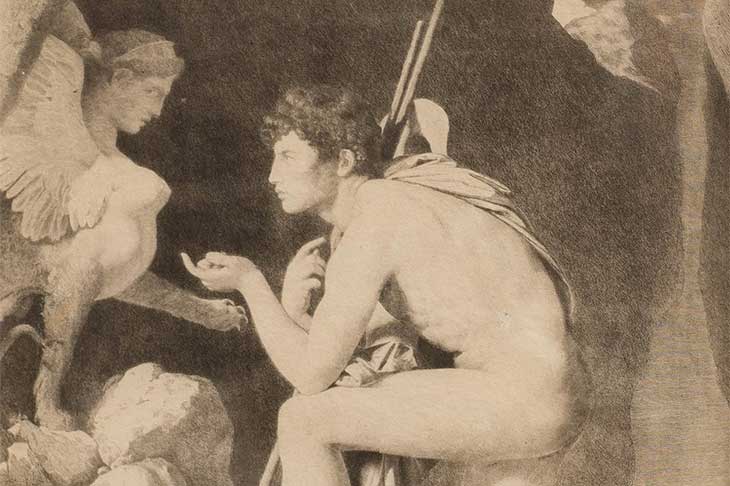
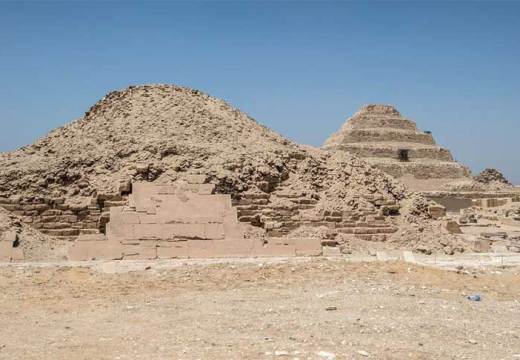
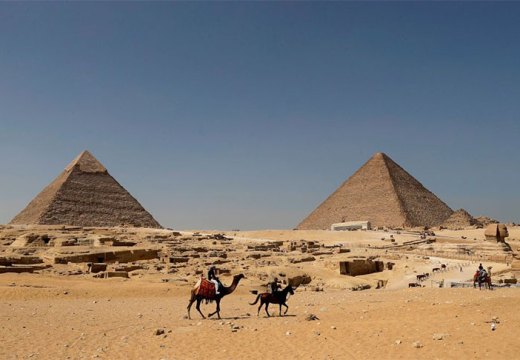
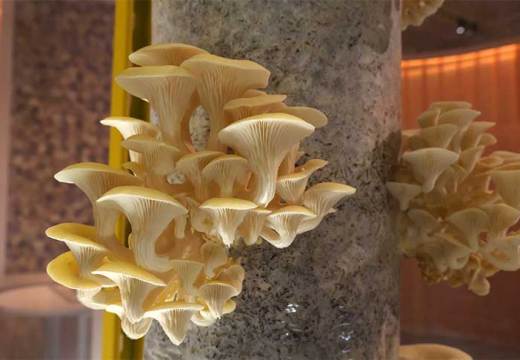









![Masterpiece [Re]discovery 2022. Photo: Ben Fisher Photography, courtesy of Masterpiece London](http://www.apollo-magazine.com/wp-content/uploads/2022/07/MPL2022_4263.jpg)
It’s time for the government of London to return to its rightful home